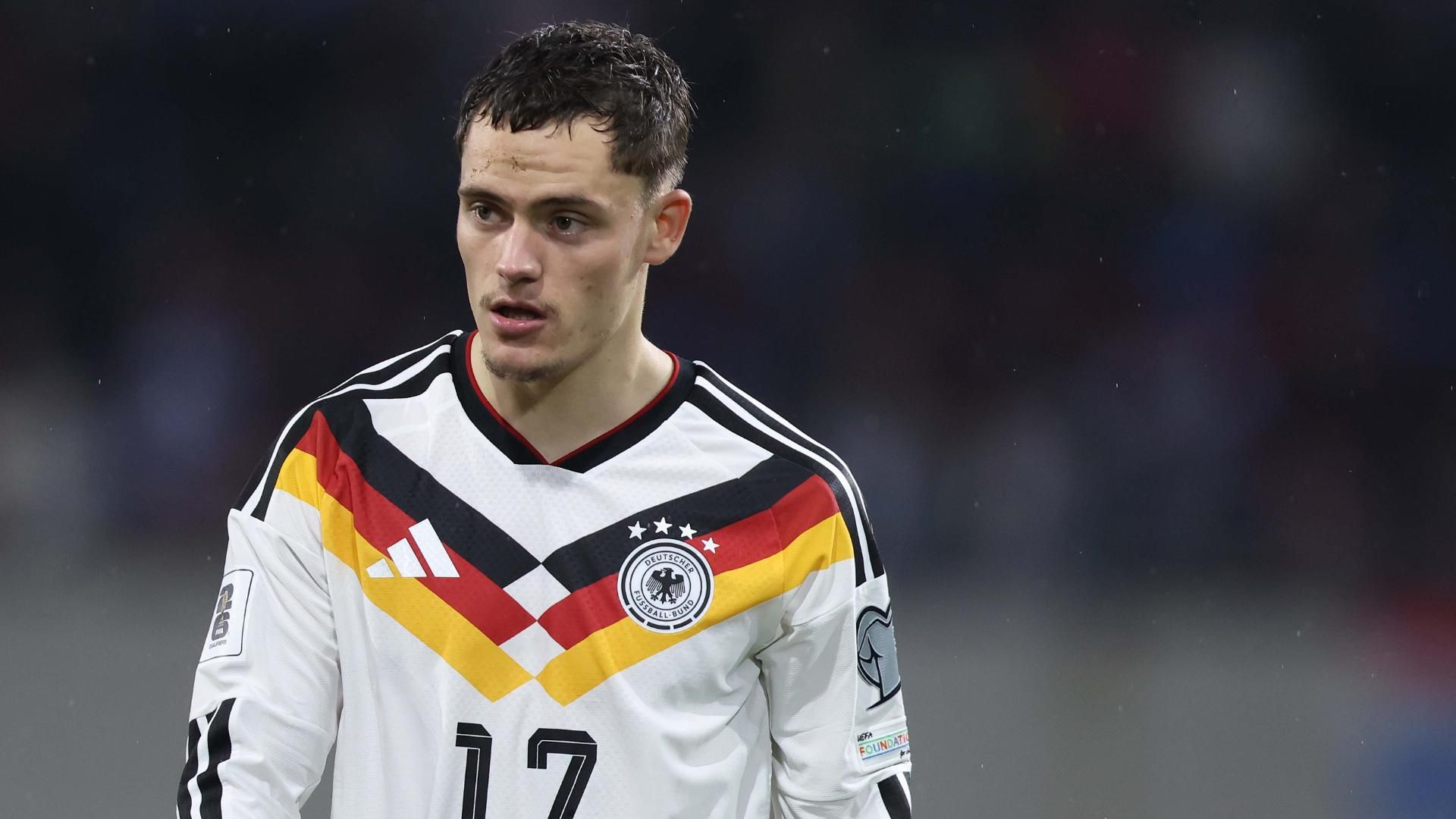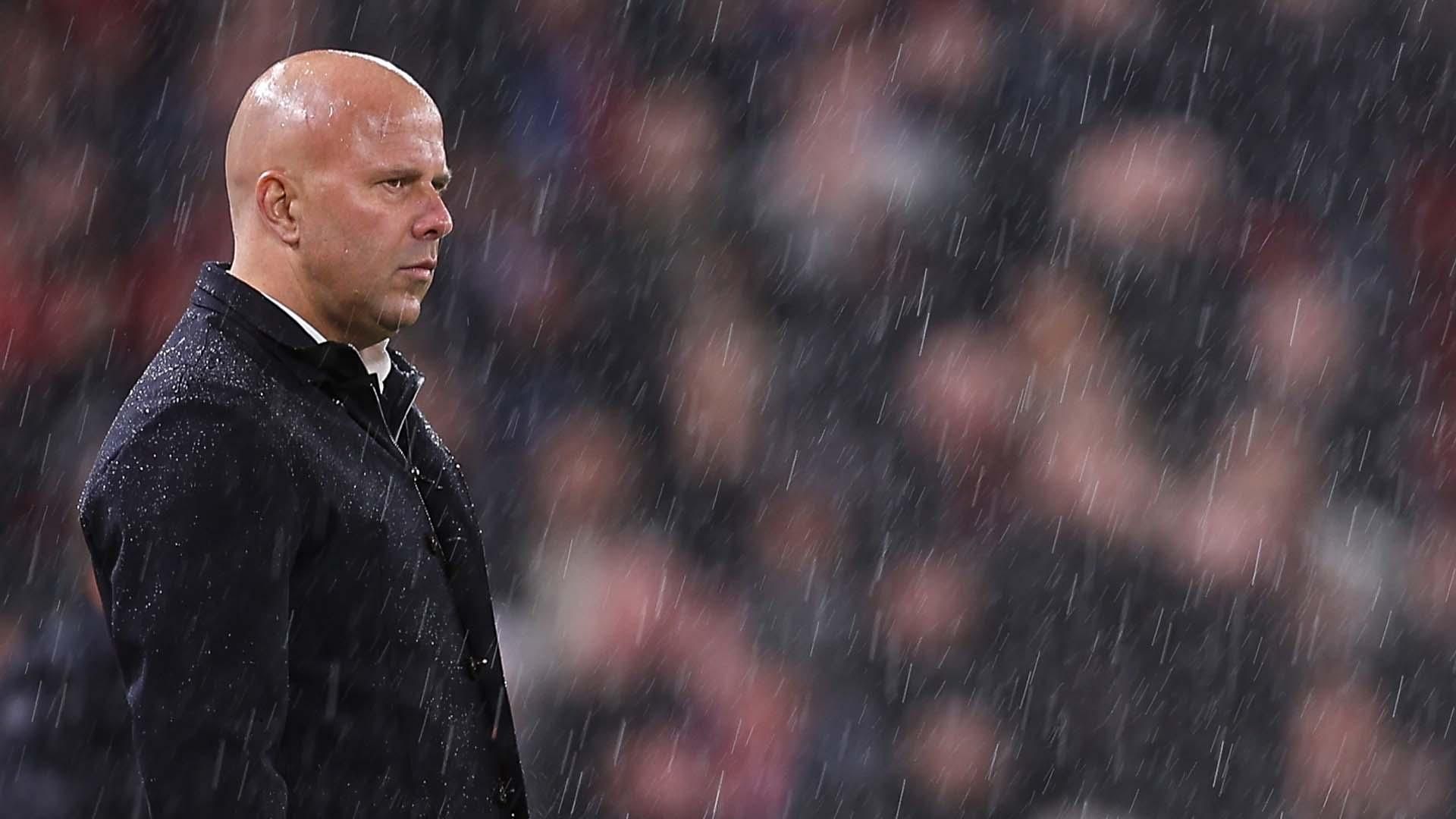Liverpool: Success or failure after the millionaire investment?
Liverpool’s victory over Chelsea in the 2024 Carabao Cup final was described by then-manager Jürgen Klopp as the most special of his career. However, the current context contrasts with the team’s glorious past. Klopp, with a team depleted by injuries, was forced to field several youth players at Wembley, achieving a 1-0 victory thanks to a header in extra time by captain Virgil van Dijk. This victory, celebrated by the fans and the press, contrasts with the team’s current situation. Following an unprecedented summer of investments, where £446 million was spent on the hiring of seven new players, Arne Slot’s Liverpool is now under intense pressure. Last season, the team dominated the league, but in the first eleven matchdays of the new campaign, the defense of the title has been compromised, with five defeats in six league games, placing them in eighth position, eight points behind the leader. The team, which was once an example of consistency, now seems to be in transition. The main question is: How difficult is it for elite teams to integrate new players? Is it just a matter of time before Liverpool’s massive reconstruction yields results? The arrival of new players impacts the team’s intensity. The summer of 2024 was transformative for Liverpool. After signing Federico Chiesa before the 2024-25 campaign, the Reds needed a revamp, especially in attack. The departures of Luis Díaz and Darwin Núñez, as well as the tragic death of Diogo Jota, impacted the team’s transfer strategy. To compensate for the losses, Liverpool brought in seven new players, including Hugo Ekitike, Florian Wirtz, and Alexander Isak, for significant sums. Despite a good start to the season, Liverpool had a run of seven defeats in ten matches, with Wirtz and Isak failing to make an immediate impact at Anfield.Thompson, former Liverpool player, highlights the importance of intensity and work rate in the team. The lack of this intensity is evident in Liverpool’s pressing statistics this season. In terms of high regains, Liverpool averages only 6.9 per match, down from 8.1 last season and 10.3 in Klopp’s last season. The team also shows less favorable numbers in terms of passes allowed per defensive action (PPDA), averaging 11.0 this season, up from 10.3 the previous season and 8.9 in 2023-24.When people arrive for a lot of money and there is a lot of expectation, it’s easy to be disappointed. It’s about managing expectations, but what I expect is that, even if things don’t go well, when you play for Liverpool, you still have to roll up your sleeves and do something for the team. That could be working hard, pressing from the front, running, basically working very hard.
David Thompson

Liverpool’s strategy under Arne Slot, based on intense pressing, quick recoveries, and rapid transitions, has been weakened by the departures of important players. Although the current squad has significantly increased in talent and quality, the movements, rhythm, and collective instincts have not yet been adequately integrated.While Liverpool’s ambition to improve from a position of strength makes sense on many levels, such a strategy entails some inevitable risks. Predicting the impact of a new addition to an established team is one thing, while predicting the combined effect in the context of a uprooted structure and culture is quite another.
Karlsen

Massive changes can create problems
Liverpool is not the only Premier League team that has experienced problems after a significant rebuild. Chelsea, since Todd Boehly and Clearlake Capital took control in 2022, has been an example of uncontrolled spending in the transfer market. With 53 signings made, the club has spent more than £1.5 billion. Chelsea’s approach to signings has proven problematic for some of Enzo Maresca’s predecessors, including Graham Potter.Significant changes in any team rarely lead to immediate success, as Nottingham Forest learned after being promoted to the Premier League in the 2022-23 season. Forest made 21 signings in the summer of 2022, spending more than Barcelona, Real Madrid and Paris Saint-Germain. However, Steve Cooper’s team struggled in the top flight, finishing the season in 16th place, just four points from the relegation zone. Patience is key to long-term success.We tried to support [the club’s transfer strategy] as best we could, but it left us with the challenge of many players after January, and then they can’t go anywhere. A few simply had to sit on the sidelines. It’s not ideal, of course. Everyone recognized that it was a very difficult situation because you can only choose 11 players and if you have 20 players who don’t play, it doesn’t matter where you are. If you can find a coach who says, ‘yes, that’s the best condition for me’, I would be very surprised.
Potter
Liverpool’s two most recent titles followed transfer windows with limited activity. After winning the Champions League in 2019, the Reds’ most expensive acquisition was Harvey Elliott, who cost £1.5 million. The following season, Liverpool won the Premier League by 18 points. While the club has never been afraid to spend big to sign players who can transform the team, such as Van Dijk and Alisson Becker, their £446 million spending in the summer was unusual and has presented Slot with a series of unique challenges.
Large-scale changes, involving signings of £100 million, not only create a complex puzzle, but also have short-term implications that are more difficult to resolve than in the case of two or three more routine acquisitions.All Liverpool fans have spent sleepless nights trying to figure out what system they should play and which players they should use. Liverpool’s activity didn’t seem like Liverpool’s, it seemed like Real Madrid’s in terms of signing the most expensive players. When you’ve spent a lot of money, you have to find a way to put these players on the field. Carlo Ancelotti was the master of that. Liverpool’s summer has always been about planning. When you look on paper at the end of the match [against Manchester United], it was a disaster.
Carragher
As much as tactics and performance data are key, the human element is an equally important part of a squad overhaul. Nowadays, a player whose contract is about to expire may be allowed to leave regardless of the impact on the dressing room chemistry, with data and algorithms driving decisions. Old school factors such as social glue, team spirit and continuity are difficult to quantify, but are deeply influential.
Karlsen

Ultimately, Liverpool’s reconstruction is not the type that occurs after a relegation or a massive failure. Liverpool remains a leading club in all aspects, but the timeframe for reproducing the collectively astute performances of recent seasons must take into account the adaptation of new signings, the formation of new relationships, and the establishment of fluidity. With patience, the machinery can work again. Without it, impatience generates ad hoc solutions, incoherence, and, basically, makes things worse. Perhaps Liverpool’s senior management underestimated such complexities, but the decision to improve from strength was bold and forward-looking. Now they must bite the bullet and see it through to the end.
Karlsen









